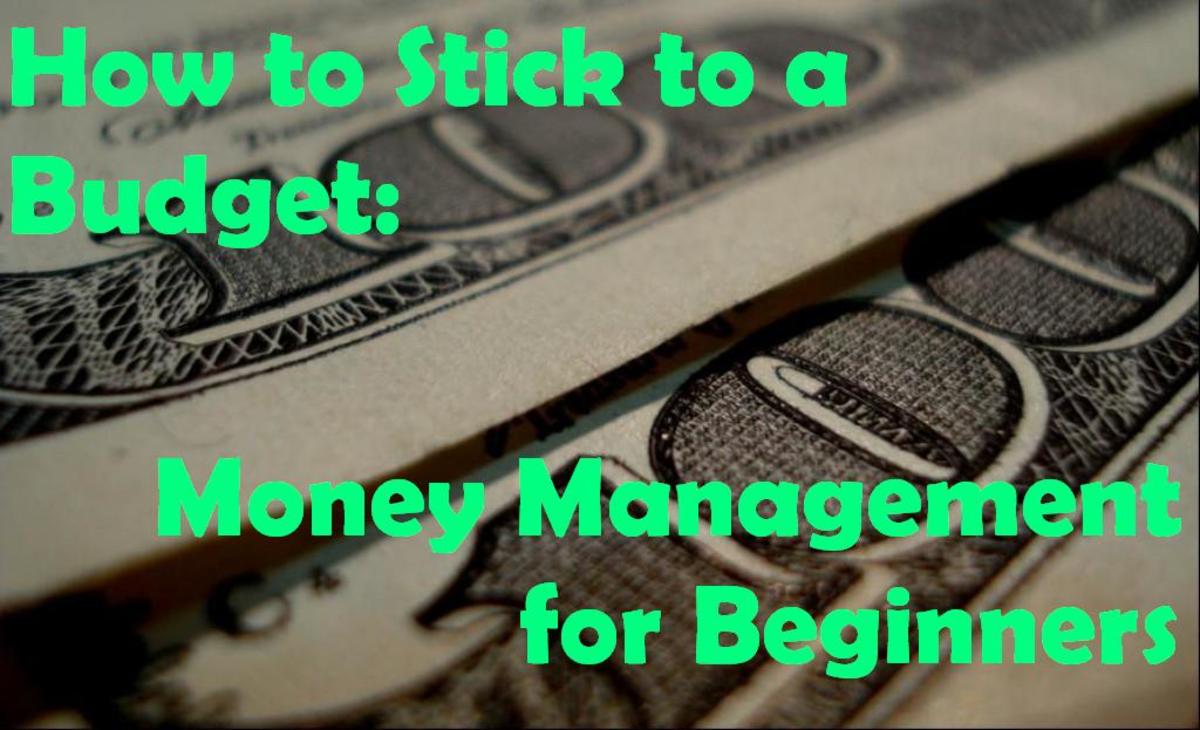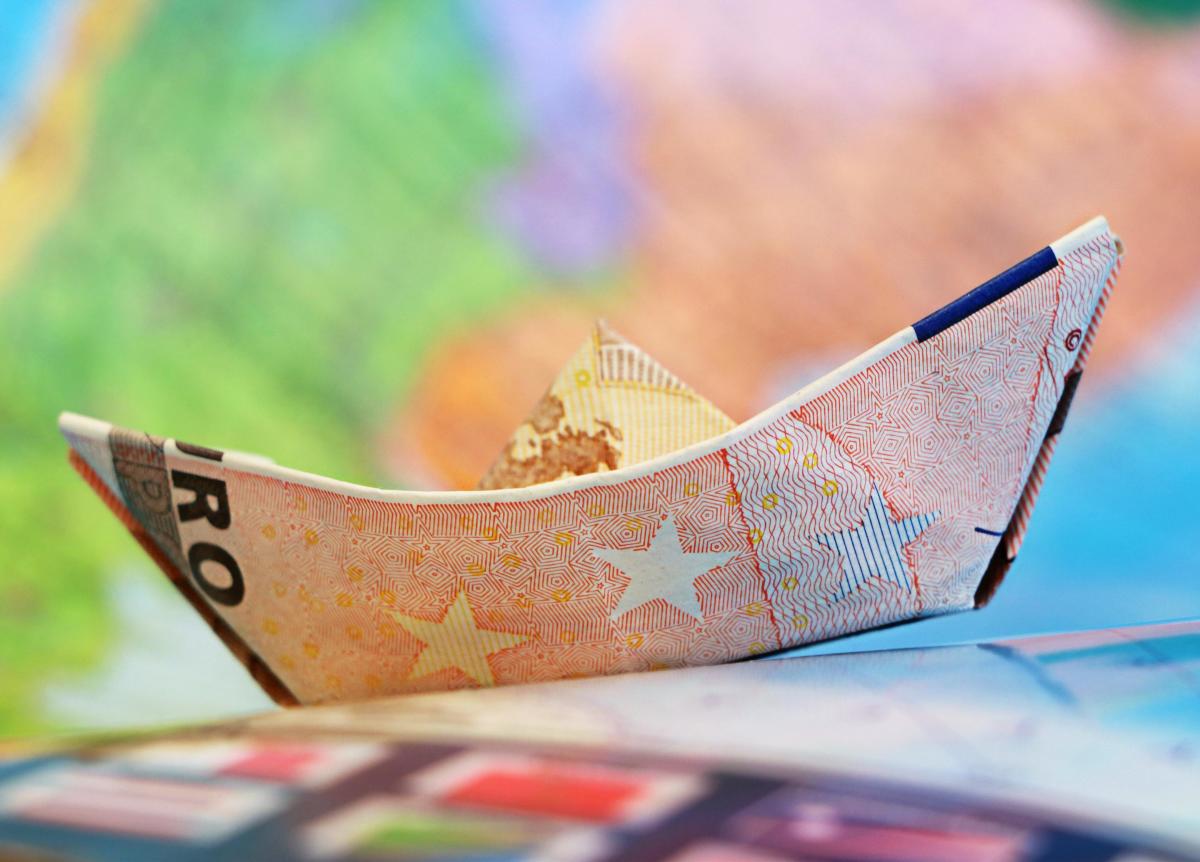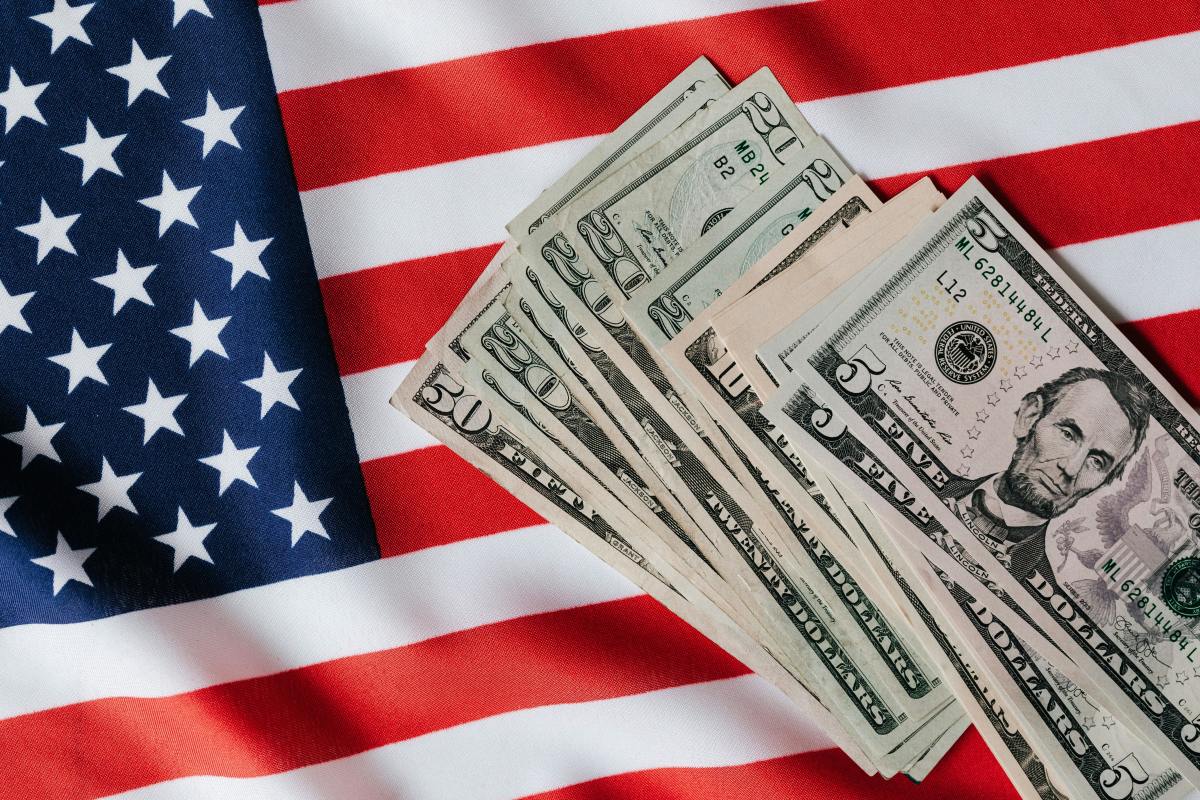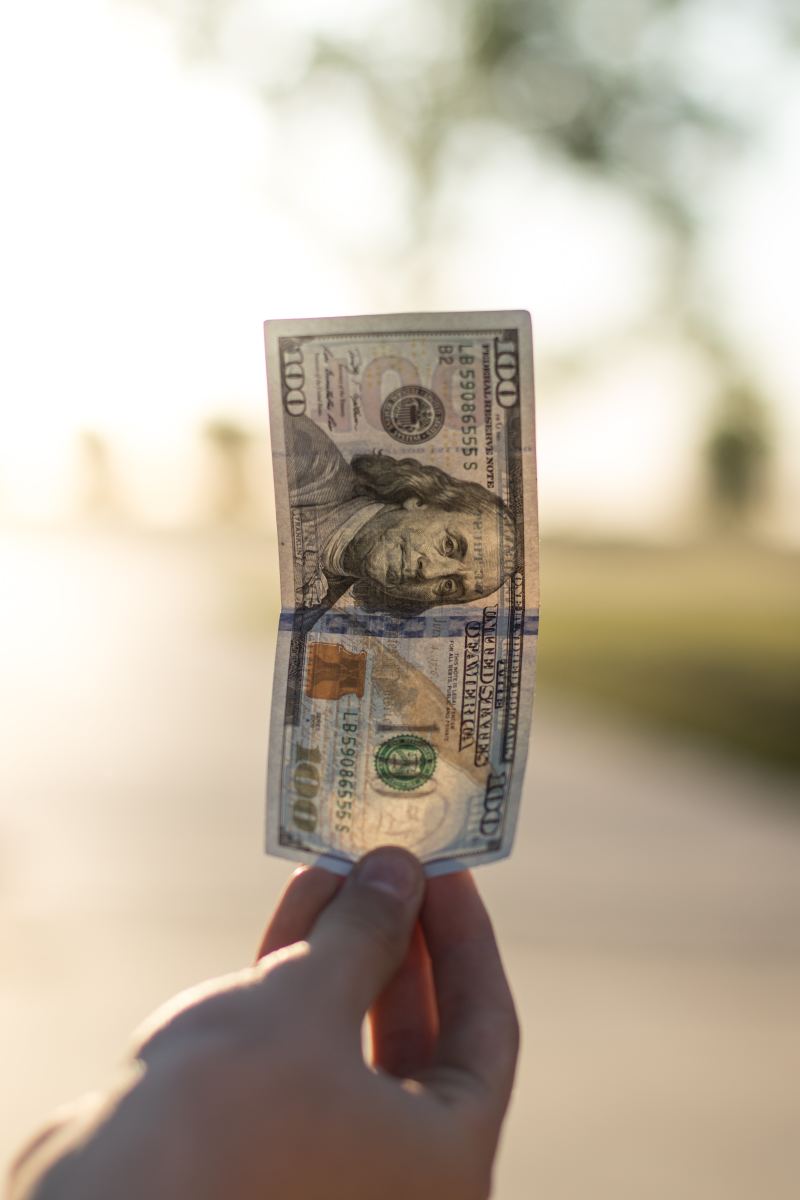Dave Ramsey's 7 Baby Steps Explained
Who is Dave Ramsey?
Dave Ramsey is a personal money management expert. He is also the best-selling author of books like The Total Money Makeover , Financial Peace and More Than Enough . He has been there and done that in all aspects of his financial advise. He has helped many people get out of debt and achieve their goals in personal finance.
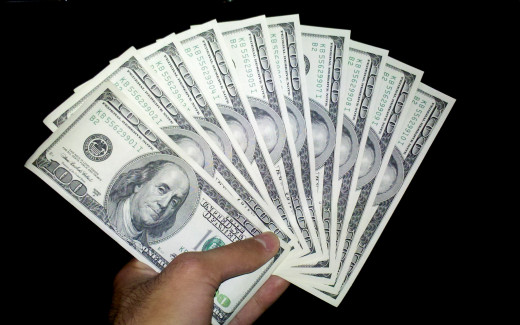
The 7 Baby Steps
- $1000 Emergency Fund
- Get Out of Debt
- Living Expense Savings
- Invest
- College Fund
- Get rid of Mortgage
- Spread the Wealth
Do a Happy Dance!
Why Follow The Steps?
Dave Ramsey's 7 Baby Steps give you a clear picture on what you need to do to get where you want to go. Each step is small enough to not feel overwhelming but big enough to make a difference in the long run. By the time you are done, your are very financially secure and it didn't even hurt! Dave says that we got into debt one step at a time and that is how you get out.
Baby Step 1
Start an emergency fund for all of those unexpected issues that always seem to come up. These emergencies will happen, so don't get hit by them unprepared. Dave recommends $1000 for your emergency fund.
Having this emergency fund will help break the debt cycle. Instead of an emergency coming up and getting a loan, you can simply use your emergency fund. Once you use this money, make sure you come back to this first step, no matter what step you are currently at. You want to make sure all the lower baby steps are done before moving on to any of the higher steps.
Baby Step 2
Pay off all of your debt using the debt snowball. The basis of the debt snowball is to list all of your debts from smallest to largest balance. You should start paying any extra you can afford, above the minimum payment, to the smallest balance debt. Once that one is paid off, you move to the next smallest. This gives you some motivation when they start disappearing. Also, you can use what you were paying on the debt you just paid off, and apply it to the next debt. This pattern continues in a snowball effect until everything is paid off.
Baby Step 3
Now that the debt is all paid off, you have that "extra" money freed up.You should now add to your savings until you have three to six months worth of expenses. This will protect you against job loss or injury.
The best place for this savings is a money market account. This way, you can gain a little bit of interest but the money is still readily available. This money is ONLY for serious emergencies. Do not spend it because your short on money and you just "had" to have that new Xbox. This money is also not an investment, it is more like an insurance policy for life.
Baby Step 4
By now, you have your bases covered and should have no payments except for your mortgage; this is the time to start investing for your future. Invest 15% of your pre-tax household income in a Roth IRA or other pre-tax retirement fund.
If 15% seems like a lot, remember that you have a full emergency fund and savings. You now have the security to invest. If you feel like 15% is not enough, remember there are still further steps that you will need to complete. Step 4 will be an ongoing step.
Baby Step 5
If you have children, now is the time to start saving for their college education. You could even be saving for your own college costs. Make your goal and decide how much you will need to save every month. Start putting that money into a separate account. You should be using and account that produces around 12% interest. This will help offset inflation and still have a good rate of return.
The best options for college savings are Education Savings Accounts (ESAs) and 529 plans. The worst choices for college savings are insurance, savings bonds, zero-coupon bonds and pre-paid college tuition.
Make sure your own retirement (Step 6) is taken care of before you start saving for your child's education.
Baby Step 6
Now that your out of debt and have college and retirement savings in the process, its time to pay off the house. Any extra money you have should be paid towards your mortgage. Paying off your home early is an enormous relief and will save you a lot of money in interest.
This is your last step to having no debt payments. You can finally jump up and down and scream "I'm debt free!"
Baby Step 7
Build wealth and give. Bless others with what your have been blessed with and leave something for your future generations. You have already saved money for yourself and you family, there is nothing wrong with spreading wealth to others when you have excess.

